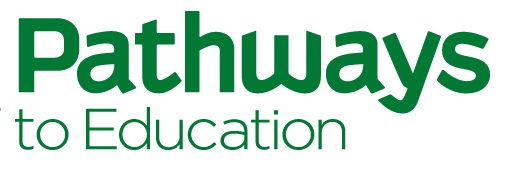Sitting in a stuffy waiting room. Nervously staring at a dark screen before an online job interview. Sound familiar? These are common job search experiences. But for students living in low-income communities, there’s more to deal with, like facing discrimination because of race or a postal code on a resume, or not being able to afford bus fare for a daily commute.
Across the country, Pathways Program staff are tackling this complex problem by innovating career programming for youth. What was once focused on resume writing and interview skills is now a multi-pronged and tailored experience to help students navigate the unique challenges they face.
Darlene Lanceley, Program Director at Pathways Saskatoon, and Debbie Engel, Program Director at Pathways Kitchener, shared a few insights on how to adapt career programming to suit the needs of today’s youth:
- Build a network of supportive employers.
In Saskatoon, Darlene isn’t afraid to get out in the community and talk to employers. She explains: “I’m one of those people that will go into a local store and ask, ‘okay, are you going to interview some Pathways students?’” It’s a practical way to make sure that these youth have a fair shot at employment without worrying as much about bias and discrimination.
Debbie has adapted this same strategy to her region’s focus on tech employers. “We have a strong connection with Google,” she explains. “We’ve done a lot of coding activities for students with their volunteers and last year, they hired a Pathways student as an intern.” Debbie is currently working with the local business economic department to reach out to over 30 local organizations and build on this momentum.
- Empower youth.
When youth face discrimination in their job search, their autonomy is taken away. That’s why in Kitchener, Debbie focuses on empowering students. For example, she’s invited students to participate in the interview process for new program staff. “We explained to students that we would train them with a new skillset—running a job interview—and that they would be paid for this work. The flipside was that they had to accept a high level of responsibility and commit to confidentiality.”
It’s valuable experience for a young person’s resume, but much more than that too. This approach helps youth gain confidence and encourages them to value their worth in the workplace, thus setting them up for a long and prosperous career. “It’s about sharing power with youth,” Debbie explains.
- Remove barriers to employment.
In both Saskatoon and Kitchener program locations, Pathways students deal with financial barriers that get in the way of employment. “I spoke to a parent whose daughter is doing a co-op,” Debbie explains. “They couldn’t afford the cost of their child taking the bus to work every day, which was around $6.”
That’s why the financial support Pathways provides plays a crucial role in helping students secure a job. It gives all young people the same chance at building early professional experience as their peers living in other areas. “It’s about removing that barrier so that they can move ahead with their employment,” Darlene explains.
Career programming isn’t a one-size-fits-all. That’s why Pathways Program locations across the country use different strategies adapted to their local context. Innovations like these are key to supporting a better, more dynamic, and inclusive job market for future generations in Canada. It’s just one of the many transformative initiatives made possible by donors’ support of the Pathways Program.
